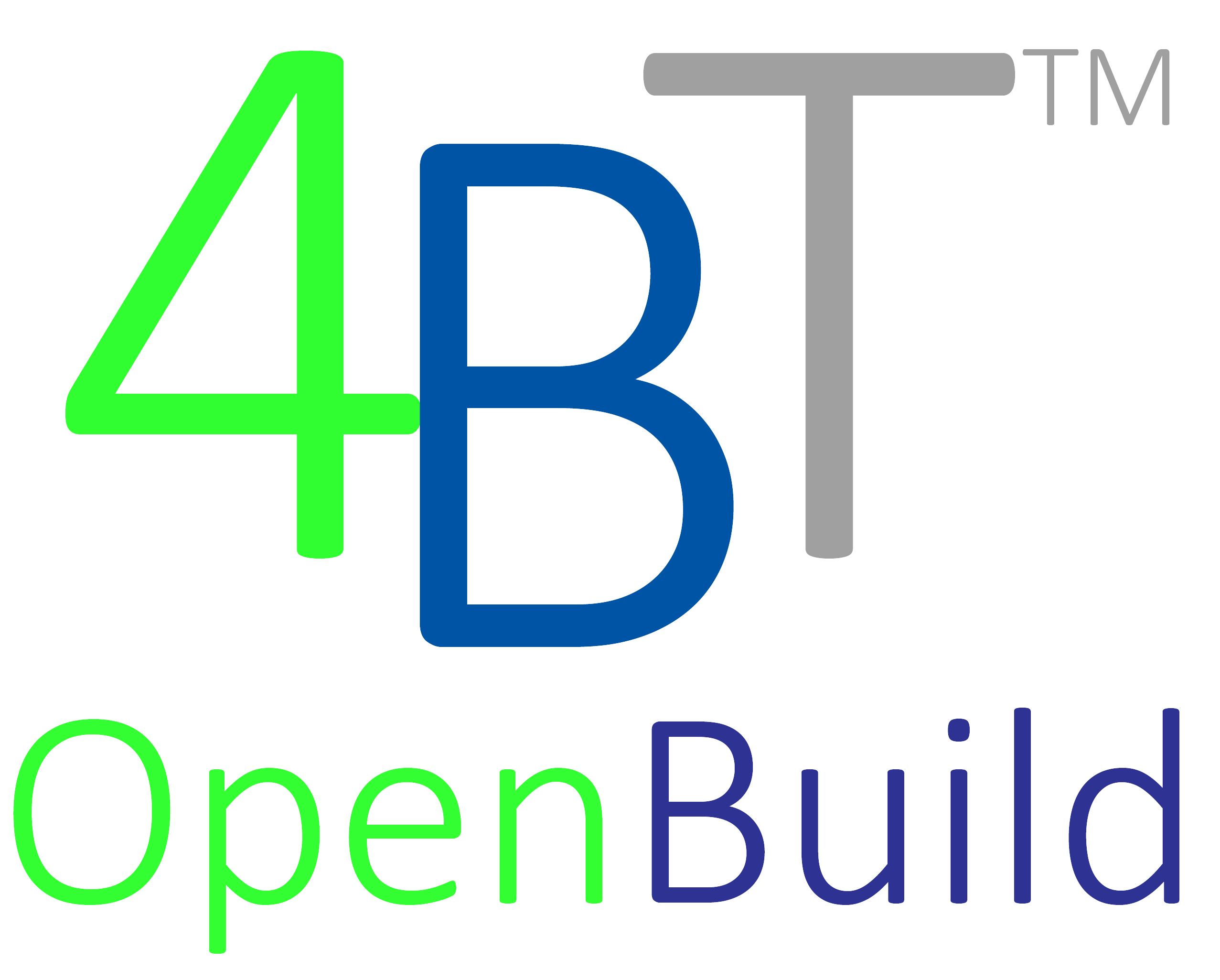JOC key performance indicators (JOC KPIs) and measurement of you JOC Maturity Index are critical to overall JOC Program success. Proper planning, assuring capability and ongoing training of project participants, and using appropriate reporting/monitoring procedures contribute to meeting established organizational objectives.
JOC key performance indicators provide a level of oversight and can be used for measurements across many core areas.
JOC program audits using both quantitative and qualitative measurements are equally important to enabling continuous improvement.
Most JOC (Job Order Contracting) programs do not use key performance indicators (KPIs) due to several underlying issues:
1. Procurement-Focused Implementation
Many JOC programs are implemented primarily as procurement vehicles rather than holistic project delivery systems. As a result, the focus tends to be on contract award and compliance rather than continuous improvement or performance measurement. Without a focus on outcomes, KPIs are often overlooked.
2. Lack of Clear Objectives
KPIs require well-defined objectives, such as cost efficiency, quality, schedule adherence, and stakeholder satisfaction. Many JOC programs lack these clear, measurable goals because they are often structured around process execution rather than value delivery.
3. Limited Cost Transparency
JOC programs frequently suffer from insufficient use of objective, granular cost data. Without reliable, locally researched cost information, it’s difficult to establish meaningful benchmarks and metrics for cost management, a key area where KPIs should apply.
4. Inconsistent Data Collection
Effective KPIs depend on consistent and accurate data collection across projects. Many JOC programs lack standardized data management practices, making it hard to track performance metrics reliably.
5. Resistance to Change
Introducing KPIs often requires a cultural shift toward accountability and performance-driven project management. Resistance from both owners and contractors who are accustomed to traditional methods can be a significant barrier.
6. Short-Term Focus
Some JOC programs prioritize short-term procurement goals, such as fast-track project execution, over long-term performance evaluation. This short-term mindset discourages the development of meaningful KPIs that track improvement over time.
7. Over-Reliance on Simplified Metrics
When metrics are used, they often focus on easily quantifiable aspects such as the number of completed job orders or contract utilization rates. These simplified metrics do not provide insight into key performance areas like quality, cost accuracy, or collaboration.
JOC key performance indicators (sample set)

-
Delivery order processing time (From request to notice to proceed – NTP)
-
Estimate creation time ( Timeliness of contractor in providing estimate)
-
Owners vs. Contractor Estimate Variance (%/#) – Also may be called Independent Government Estimate – IGE)
-
Granularity of estimates, or estimates alignment with scope of work (%/$/#)
-
Number of negotiation cycles required
-
Average project timelines
-
Project completed on-time (%/#)
-
Projects completed on-budget (%/#)
-
Projects complete vs. backlog (%/#/$)
-
Building user satisfaction (%)
-
Contractor engagement, relations, satisfaction (%)
-
Change orders (%/#/value)
The use of JOC Key Performance Indicatorsare critical to overall JOC Program planning, procurement, and project delivery optmization.
Reach out to discuss…

